Select an Orthopaedic Specialty and Learn More
Use our specialty filter and search function to find information about specific orthopaedic conditions, treatments, anatomy, and more, quickly and easily.
GET THE HURT! APP FOR FREE INJURY ADVICE IN MINUTES
Shoreline Orthopaedics and the HURT! app have partnered to give you virtual access to a network of orthopaedic specialists, ready to offer guidance for injuries and ongoing bone or joint problems, 24/7/365.
Browse Specialties
-
- Foot & Ankle
- Fractures, Sprains & Strains
- Sports Medicine
Ankle Sprain
When a ligament is forced to stretch beyond its normal range, a sprain occurs. A severe sprain causes actual tearing of the elastic fibers of the ligament. A sprained ankle is a very common injury that produces pain and swelling.
More Info -
- Fractures, Sprains & Strains
- Neck and Back (Spine)
- Sports Medicine
Cervical Fracture (Broken Neck)
A cervical fracture (broken neck) is a fracture or break that occurs in one of the seven cervical vertebrae. Following an acute neck injury, patients may experience shock and/or paralysis, as well as bruising or swelling at the back of the neck. Conscious patients may experience severe neck pain, but this is not necessarily the case.
More Info -
- Joint Disorders
- Ligament Disorders
- Muscle Disorders
- Shoulder
Chronic Shoulder Instability
Chronic shoulder instability is the persistent inability of these tissues to keep the arm centered in the shoulder socket, so the shoulder is loose and slips out of place repeatedly. Once a shoulder has dislocated, or the shoulder’s ligaments, tendons and muscles become loose or torn, that shoulder is vulnerable to repeated dislocations.
More Info -
- Hand & Wrist
- Joint Disorders
Ganglion Cyst
A ganglion cyst is a fluid-filled mass or lump. Although they can develop in various locations, the most common location is on the back of the wrist. Ganglion cysts are not cancerous. In most cases, ganglion cysts are harmless and do not require treatment. If, however, the cyst becomes painful, interferes with function, or has an unacceptable appearance, several treatment options are available.
More Info -
- Hip
- Joint Disorders
- Minimally Invasive Surgery (Arthroscopy)
Hip Arthroscopy
Arthroscopy is a minimally invasive surgical procedure used by orthopedic surgeons to visualize, diagnose and treat a wide range of problems inside the joint. During hip arthroscopy, a small camera (arthroscope) is inserted into the hip joint and images from inside the hip are displayed on a video monitor.
More Info -
- Fractures, Sprains & Strains
- Neck and Back (Spine)
- Physical Medicine & Rehabilitation (PM&R)
Osteoporosis & Spinal Fractures
When too much pressure is placed on a vertebra weakened by osteoporosis, the patient may suffer a vertebral compression fracture. Fractures caused by osteoporosis often occur in the spine. Vertebrae weakened by osteoporosis are at high risk for fracture.
More Info -
- Knee
- Pediatric Injuries
- Sports Medicine
Patella Tendinitis & Patella Tendinosis
Pain in the patella tendon is a common problem, especially in people who participate extensively in running or jumping activities. Pain in the patella tendon can be separated into two main conditions: patella tendinitis and patella tendinosis.
More Info -
- Foot & Ankle
- Pediatric Injuries
Pes Plano Valgus (Flexible Flatfoot in Children)
When a child with flexible flatfoot stands, the arch of the foot disappears. The arch reappears when the child is sitting or standing on tiptoes. Although called “flexible flatfoot,” this condition always affects both feet.
More Info -
- Hip
- Neck and Back (Spine)
- Physical Medicine & Rehabilitation (PM&R)
Sciatica
Most common between 30 and 50 years of age, sciatica is a pain in your lower back or hip that radiates to the back of your thigh and into your leg. Often people think that the source of the pain is the buttock, hip or thigh and seek medical care for a “hip” problem only to learn that the source of the pain is the lower back.
More Info

